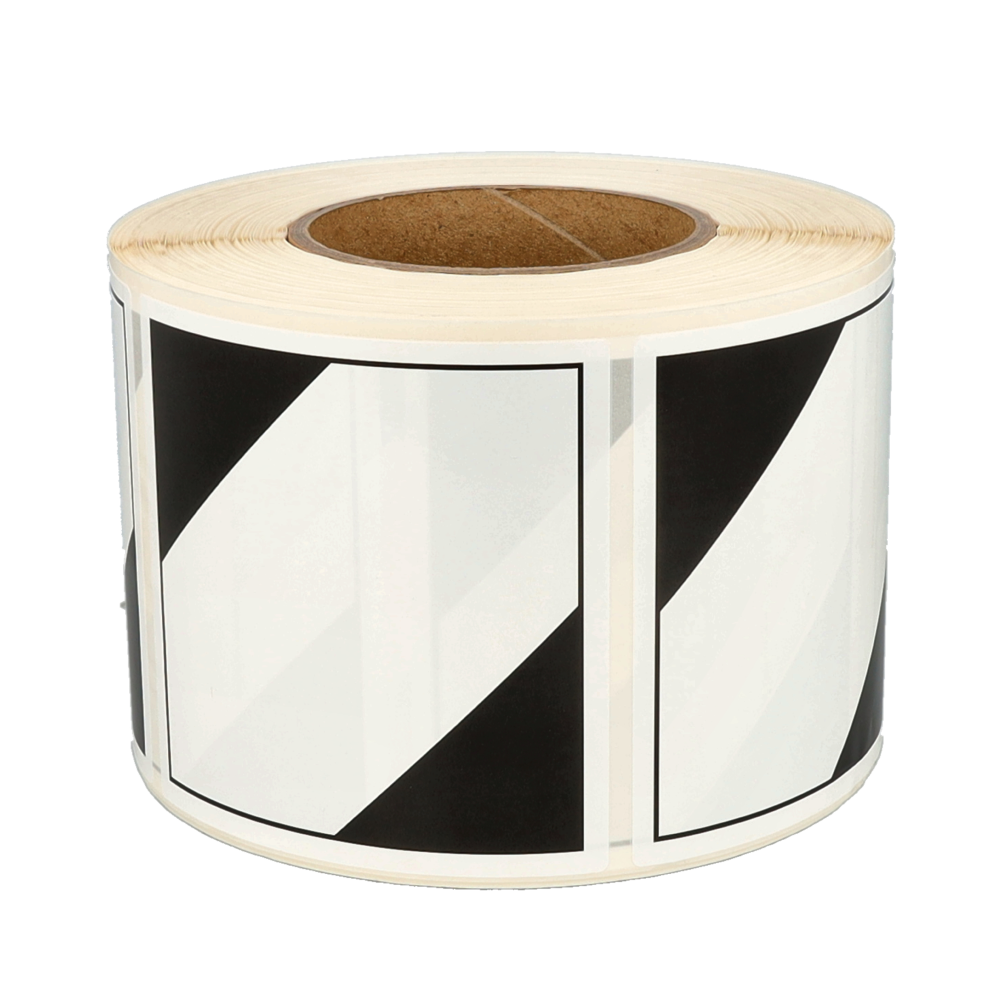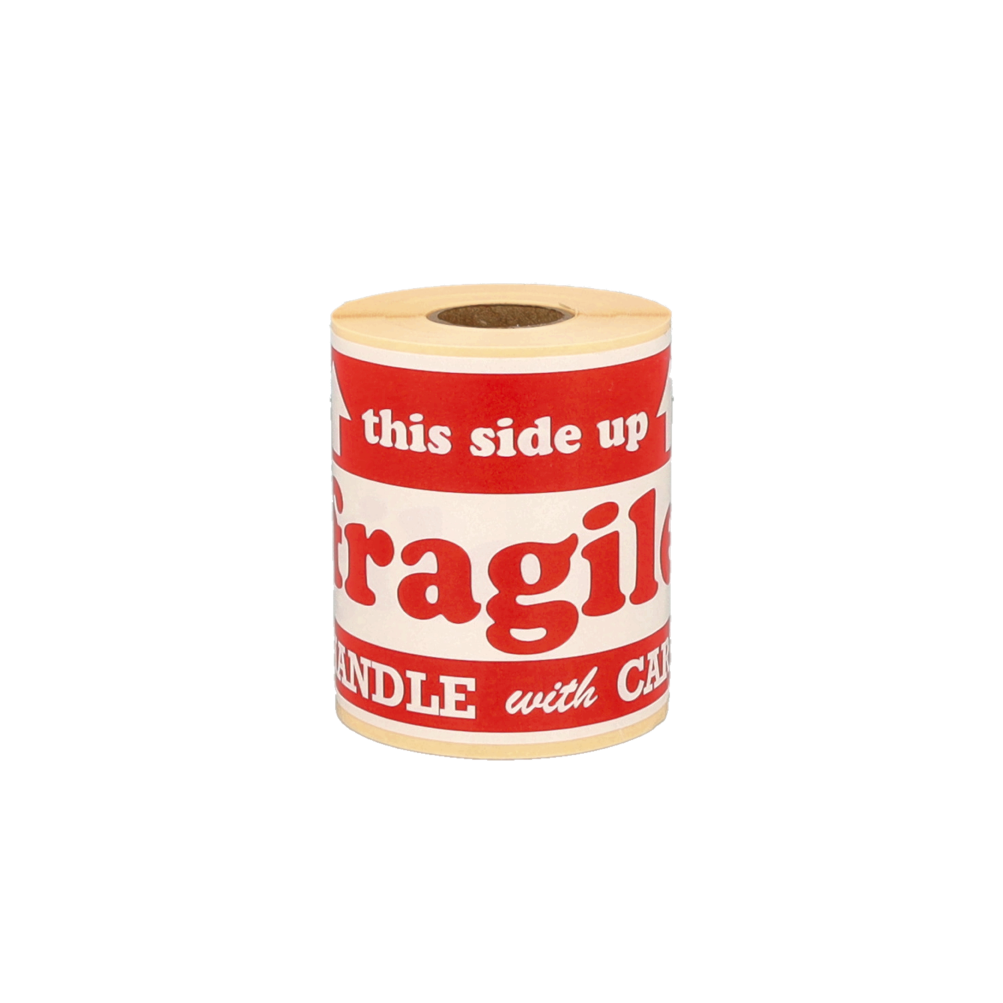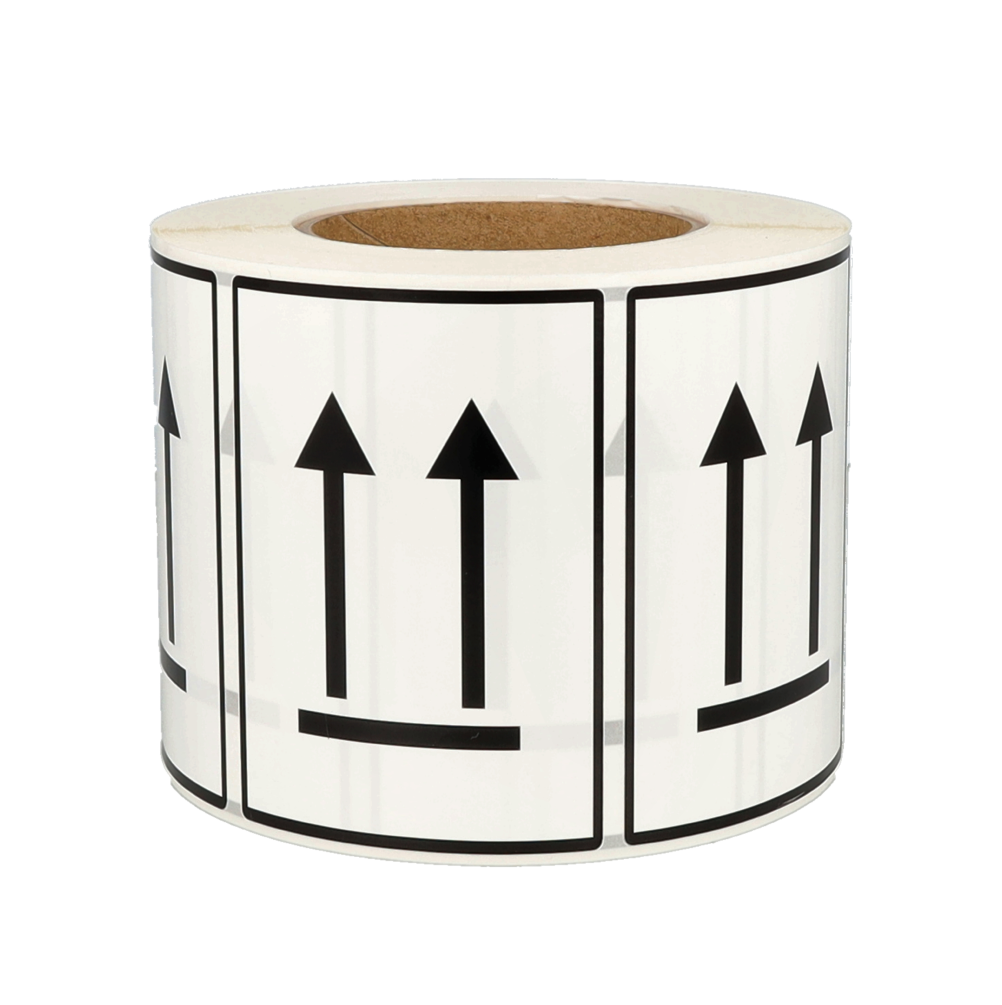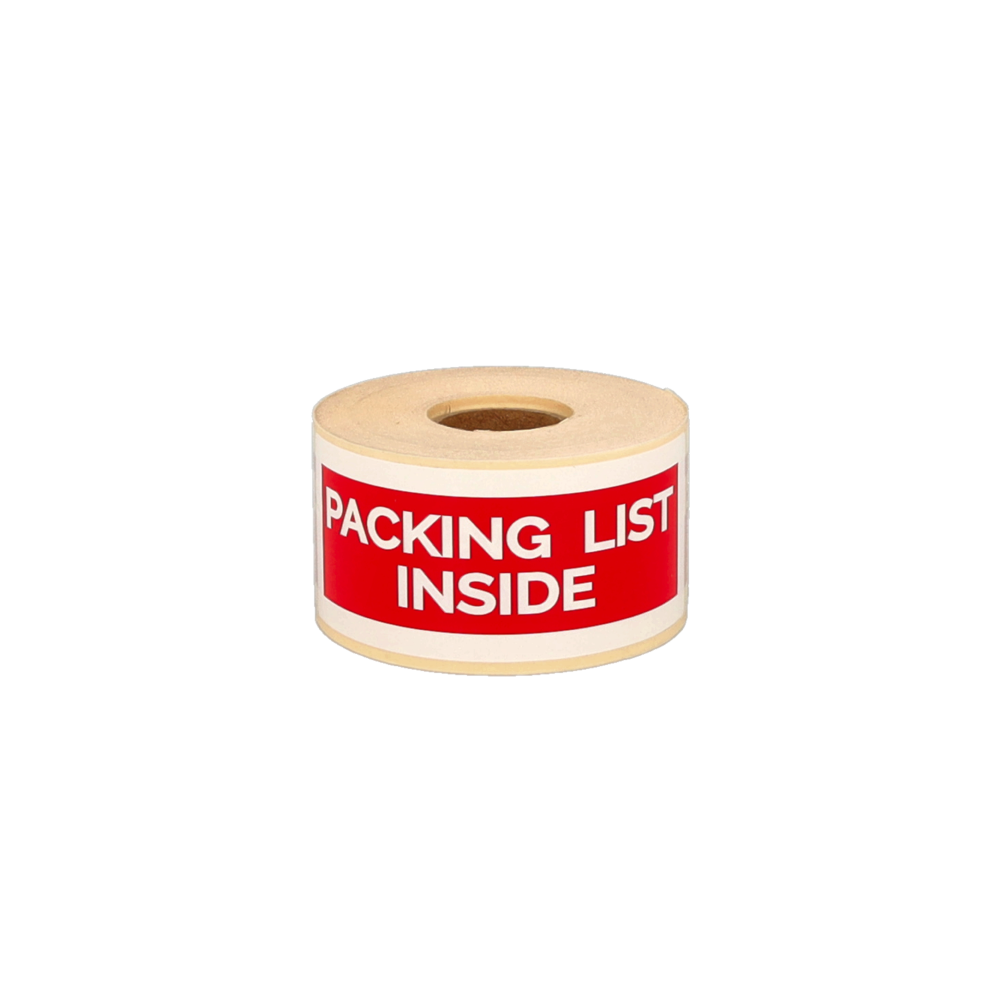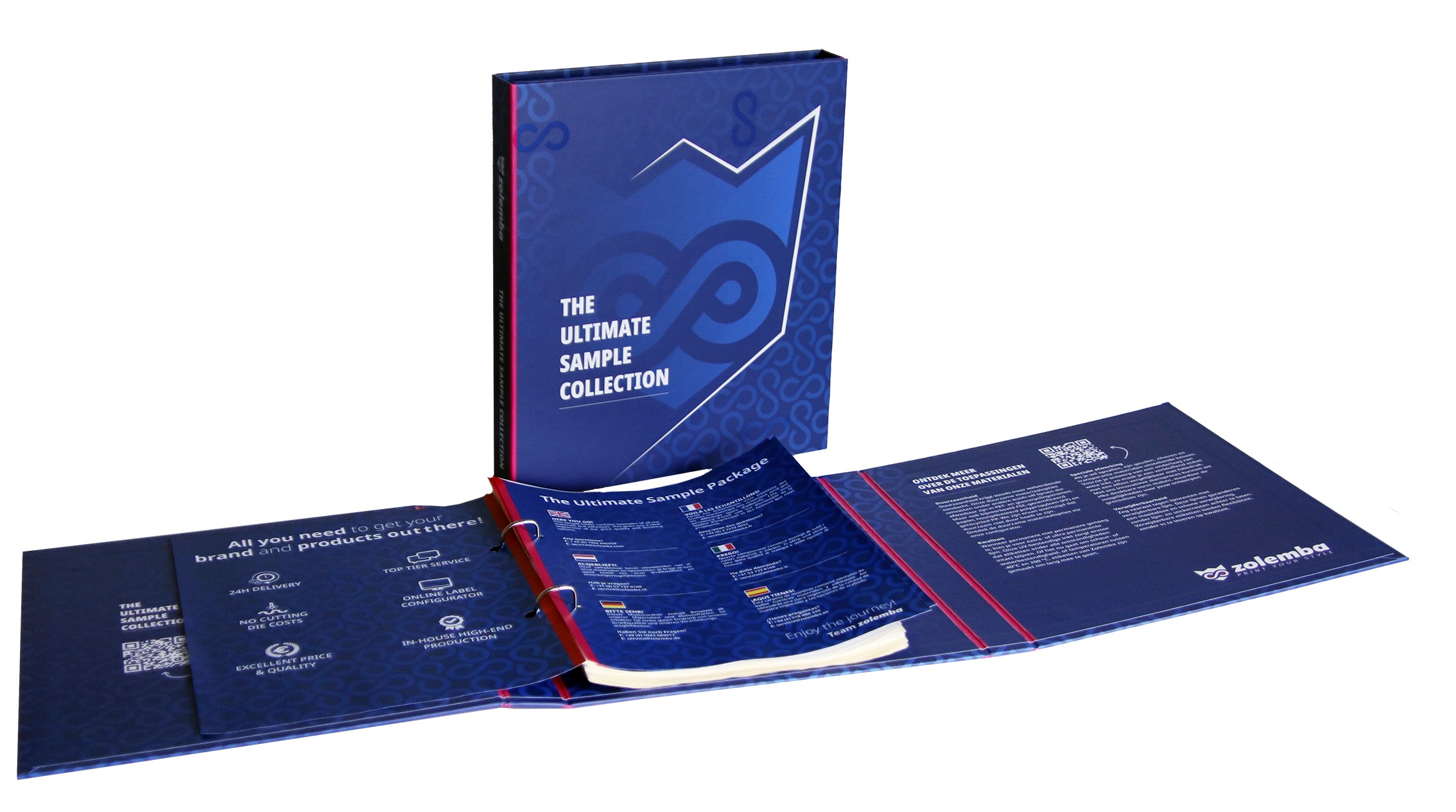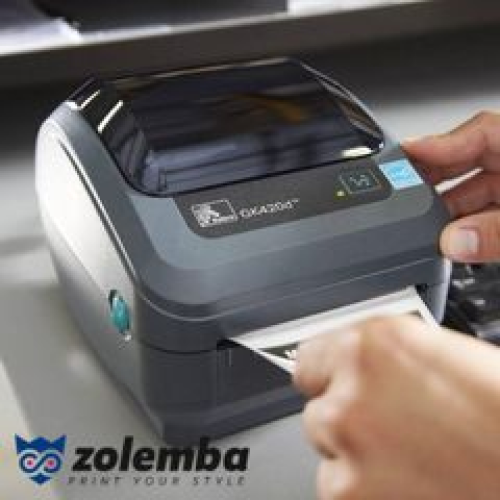
Installing Zebra Gk420d: how exactly do you do it?
Installing the Zebra GK420d can be quite a challenge, as we at Zolemba know better than
anyone.
To help you get started, we have created a clear manual for you here. Step by step we take
you
through the installation of your Zebra Printer so you can quickly start printing your
labels. In
this manual we use the GK420D as an expample printer, but the proces of installing is the
same
for all Zebra printers.
You can also watch our installation guide on youtube to walk
you
through it. But the steps are
also shown below.
Zebra printer GK420d: The first step
The Zebra printer GK420d is known for being flexible, advanced, and affordable, making it
ideal
for medium volumes and various printing applications. The GK420d Zebra printer is often used
in
healthcare, retail, for printing coupons and receipts, in the transportation and logistics
sector, as baggage tags, and even for parking cards. When combined with Zolemba's Zebra
labels,
you can get started with this Zebra label printer right after installation.
To make it
even
easier to get started with your label printer, at Zolemba we have described step by step
below
how to install your GK420d Zebra printer.
Before we get started,do not connect
your
printer to
your PC or Mac with the USB cable yet. This may cause your printer to appear as
"unknown" in the
list of devices. This is not very convenient if you want to find it easily later.
Simply
start
by unpacking the Zebra GK420d label printer. First, remove all the parts from the box, and
then
follow this step-by-step guide. It may seem like a lot and very difficult, but it will be
okay,
really!
The correct Zebra GK420d driver
The first thing you need is the correct driver to install your driver, in this case, the Zebra
GK420d driver. You need this to make your label printer work properly on your PC or Mac. The
installation of the printer and driver is slightly different on both systems. Below we have
broken
down both options so you can easily follow the installation process for either Mac or
Windows.
Click on one of the links below to go directly to the correct section.
Installing Zebra label printer GK420d via Windows
step 1:
To install the Zebra printer GK420d driver on a Windows computer, you first need to download the appropriate driver from the Zebra website. You can do this by following this link: Download Zebra software Once you have reached the website, you need to download the Zebra Setup Utilities for Windows.
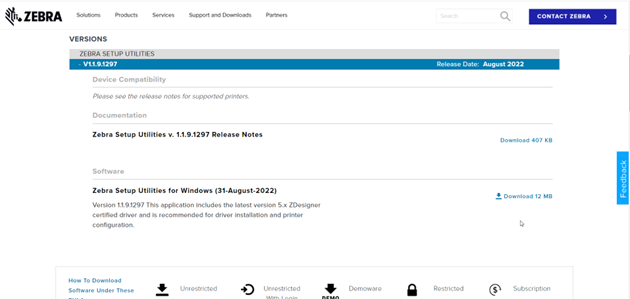
step 2:
After you have downloaded the driver, double-click the downloaded file to start the installation process of your Zebra label printer GK420D. The installation wizard will guide you through the steps to install the driver on your computer. Then, start the program by checking the box "Run zebra setup utilities now" and clicking "Finish".
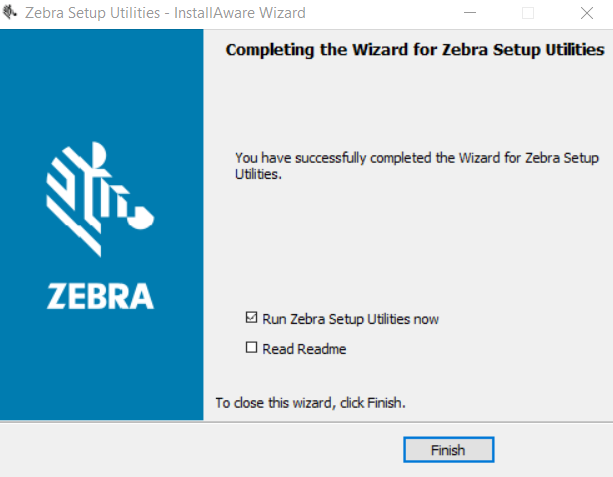
step 3:
Once the installation is complete, the program will open automatically if you have checked the box. Click "Next" to proceed to the next step and choose which port you want to use to install the Zebra printer.
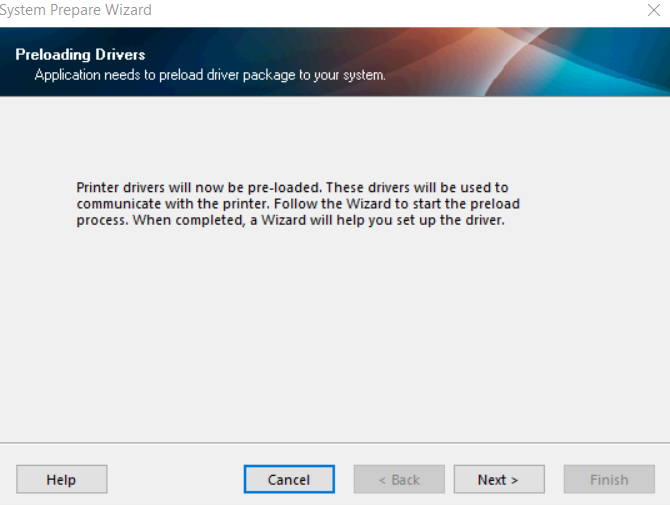
step 4:
Select USB here and click "Next".
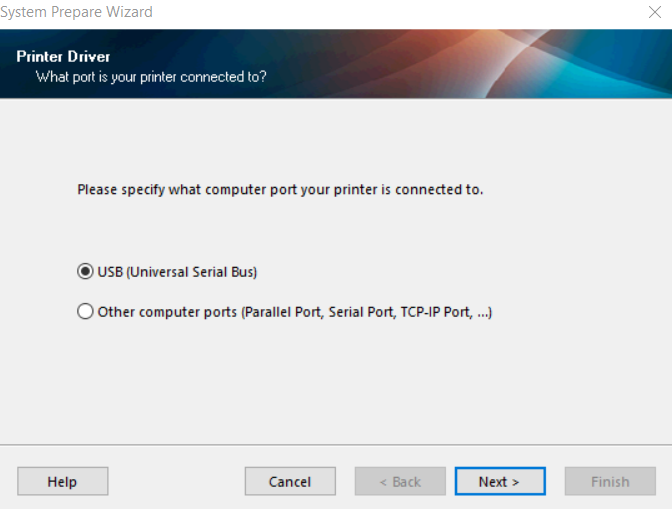
step 5:
Turn on your printer now using the button on the back and connect the GK420d Zebra to your PC using the USB cable. Once done, click on "Finish". The Zebra GK420d driver is now installed.
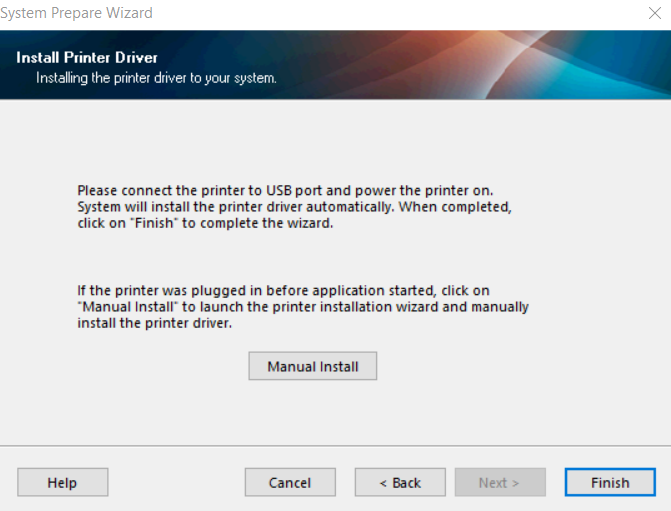
step 6:
Click on the "Refresh printer list"button and select your printer from the list, then click on "Configure Printer Settings".
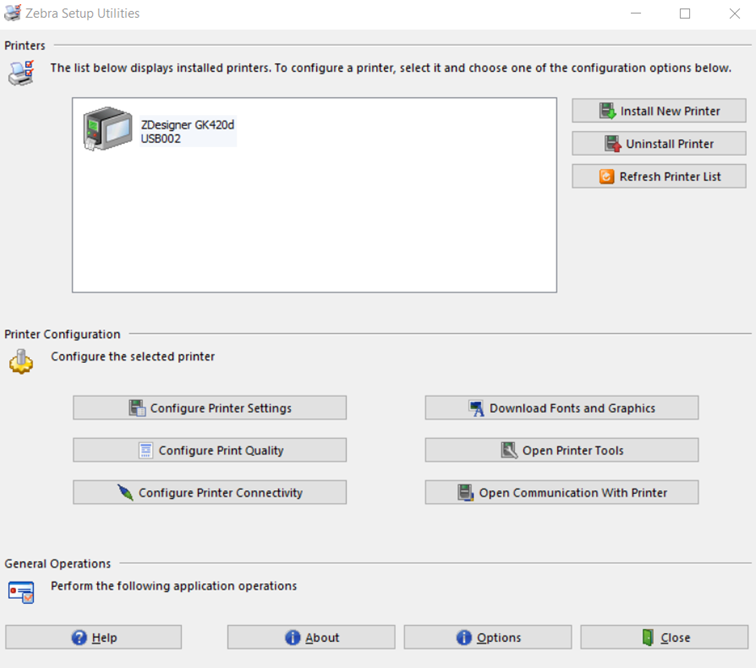
step 7:
Here you can set the size of your labels. Make sure the units are set to mm.
Want to print shipping labels? For most carriers, the dimensions of the label are 102 mm
(width) x 150 mm
(height). Want a complete overview of the shipping labels that Zolemba offers? No
problem!
Go to the shipping label overview.
The remaining steps you encounter are good and can be skipped by clicking "Next"
or directly
clicking "Finish".
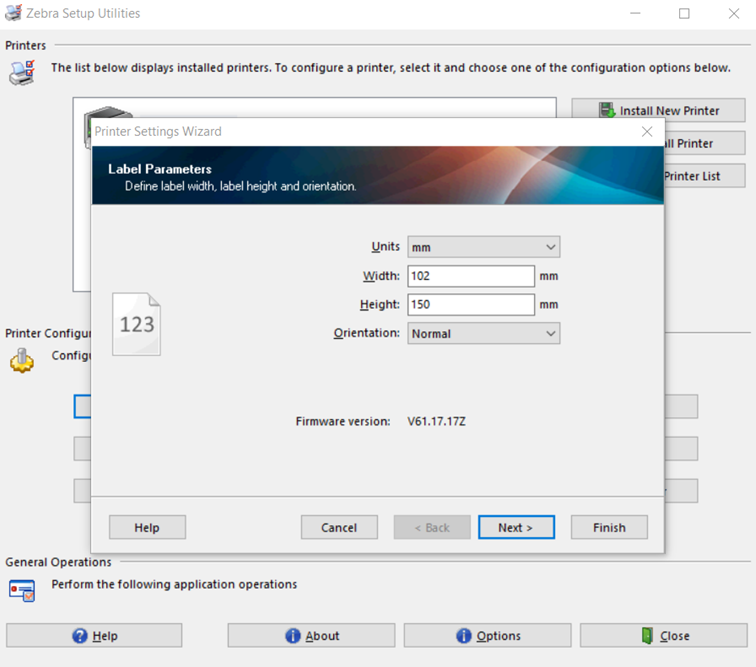
step 8:
To further calibrate the printer, click on "Open Printer Tools" and go to the 2nd tab"Action", and select "Calibrate media".
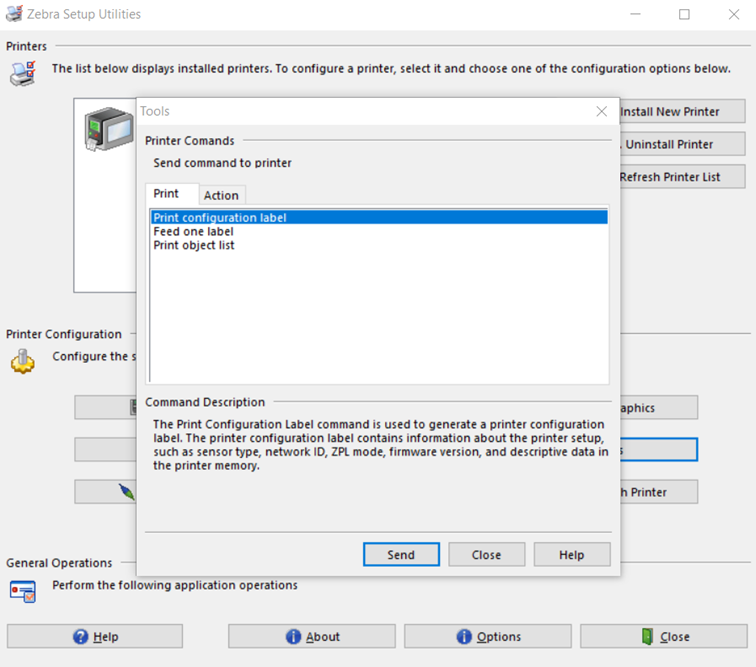
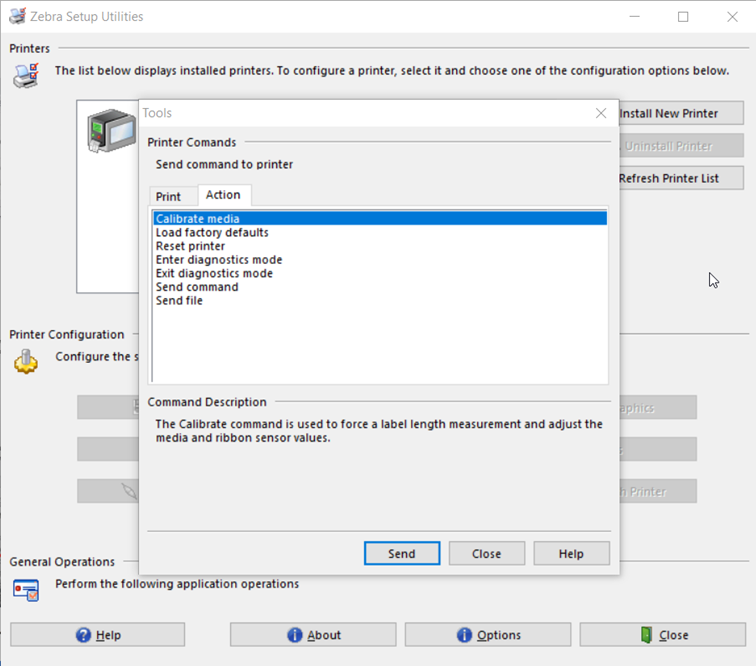
Press "Send" to complete the calibration process. A test print will now come out of your Zebra label printer GK420d. Now you can check if your shipping label looks good and if everything is set up correctly. If you still want to make adjustments or if you notice that something is not set correctly in terms of dimensions, this is the time to adjust the settings of your shipping label printer.
step 9:
We are almost there now! The final step remaining is to ensure that you set up your printer correctly on your PC. You can do this by going to "Settings" via Windows, then select "Devices" and click on "Printers and scanners".
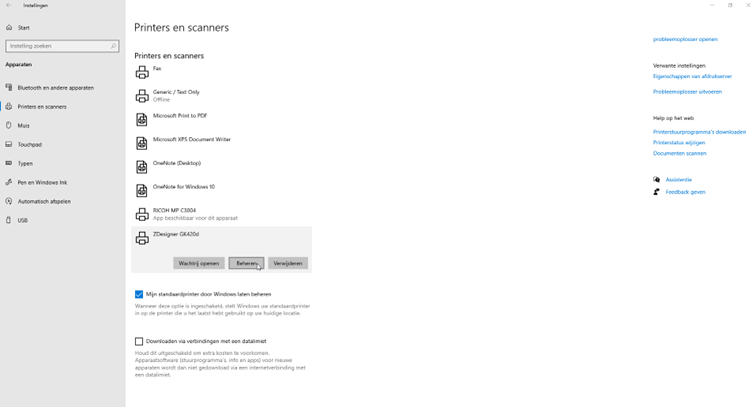
step 10:
Select your Zebra label printer from the list and click on Manage. After doing this, you can choose"Printer properties".
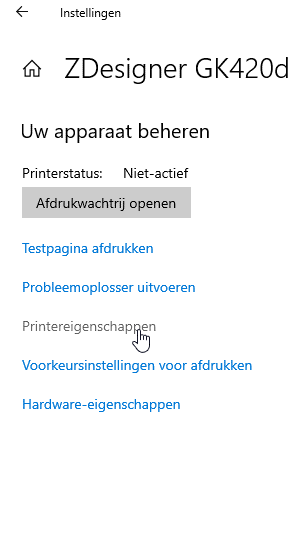
step 11:
You will then come to the following screen:
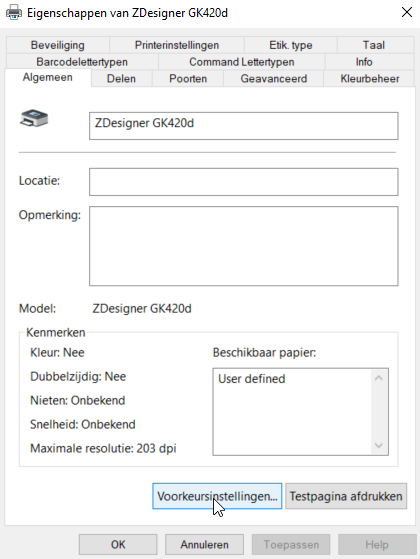
To set the format, go to "General" and then to "Preferences".
step 12:
Select millimeters and choose the correct format for the shipping label. In the case of a Zebra shipping label, this is 102 mm x 150 mm.
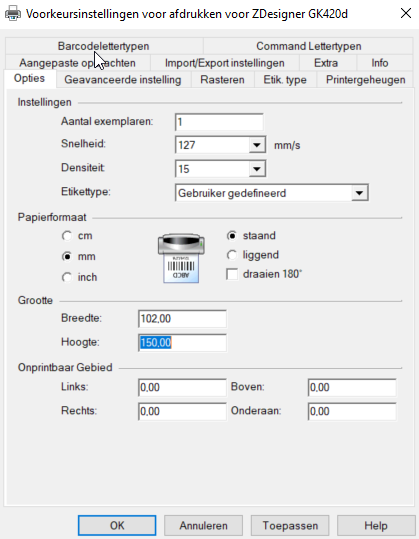
step 13:
Under "Advanced Settings", click on "Calibrate" and then click "Apply".
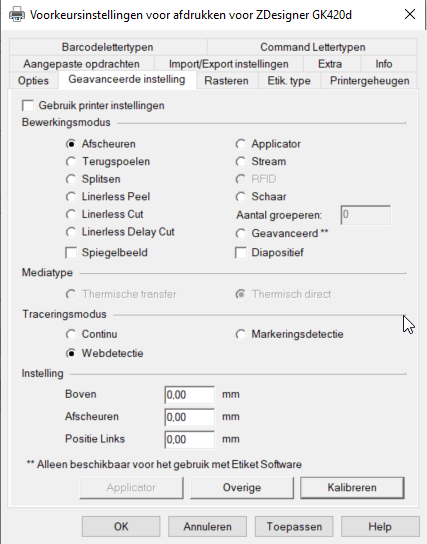
Congratulations! You have completed the installation and are now ready to print your labels. Do you have enough Zebra labels in stock? If not, take a look at our zebra labels page.
Installing Zebra Gk420d: how exactly do you do it?
step 1:
To install the Zebra label printer GK420d on your Mac, follow these steps. Connect the printer to the power supply with the adapter and plug the USB cable into your Mac. Then open the settings menu on your Mac and go to Printers and Scanners:
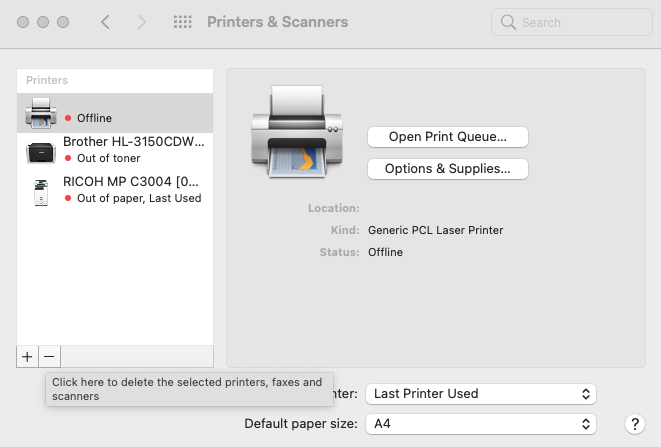
step 2:
Click on the + symbol in the lower left corner and select the Zebra label printer GK420d from the list.
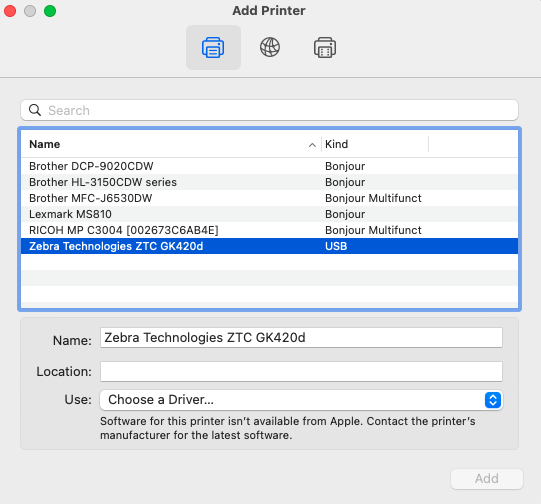
step 3:
Under "Use: Choose a Driver...", select "Select Software".
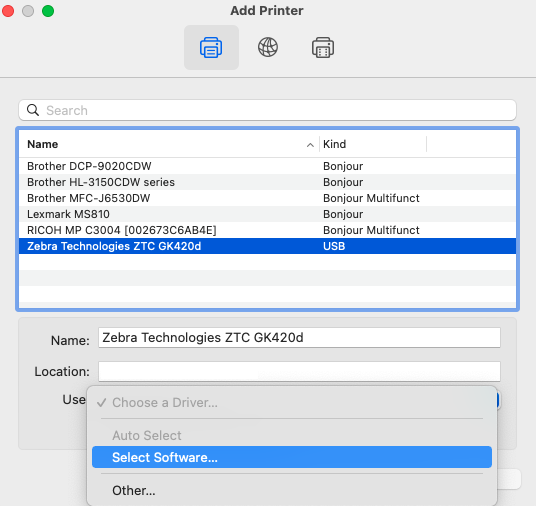
step 4:
From the list that appears, select"Zebra ZPL Label Printer".
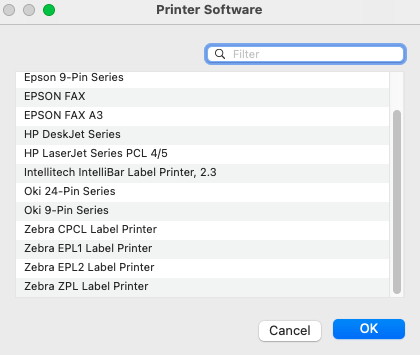
step 5:
Close by clicking on “Add”.
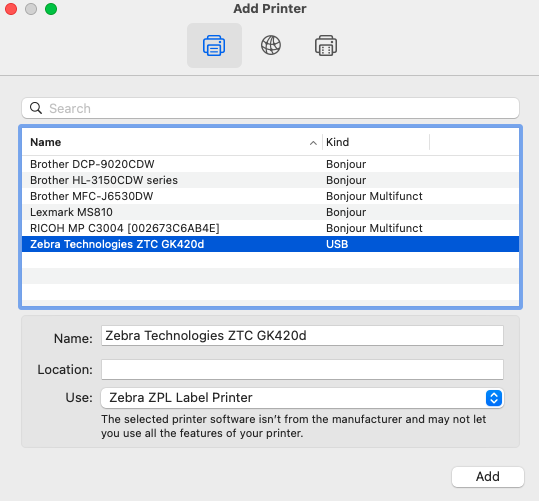
step 6:
The next step is to calibrate the Zebra label printer GK420d. You can do this by opening your browser and typing “localhost:631” in the address bar.
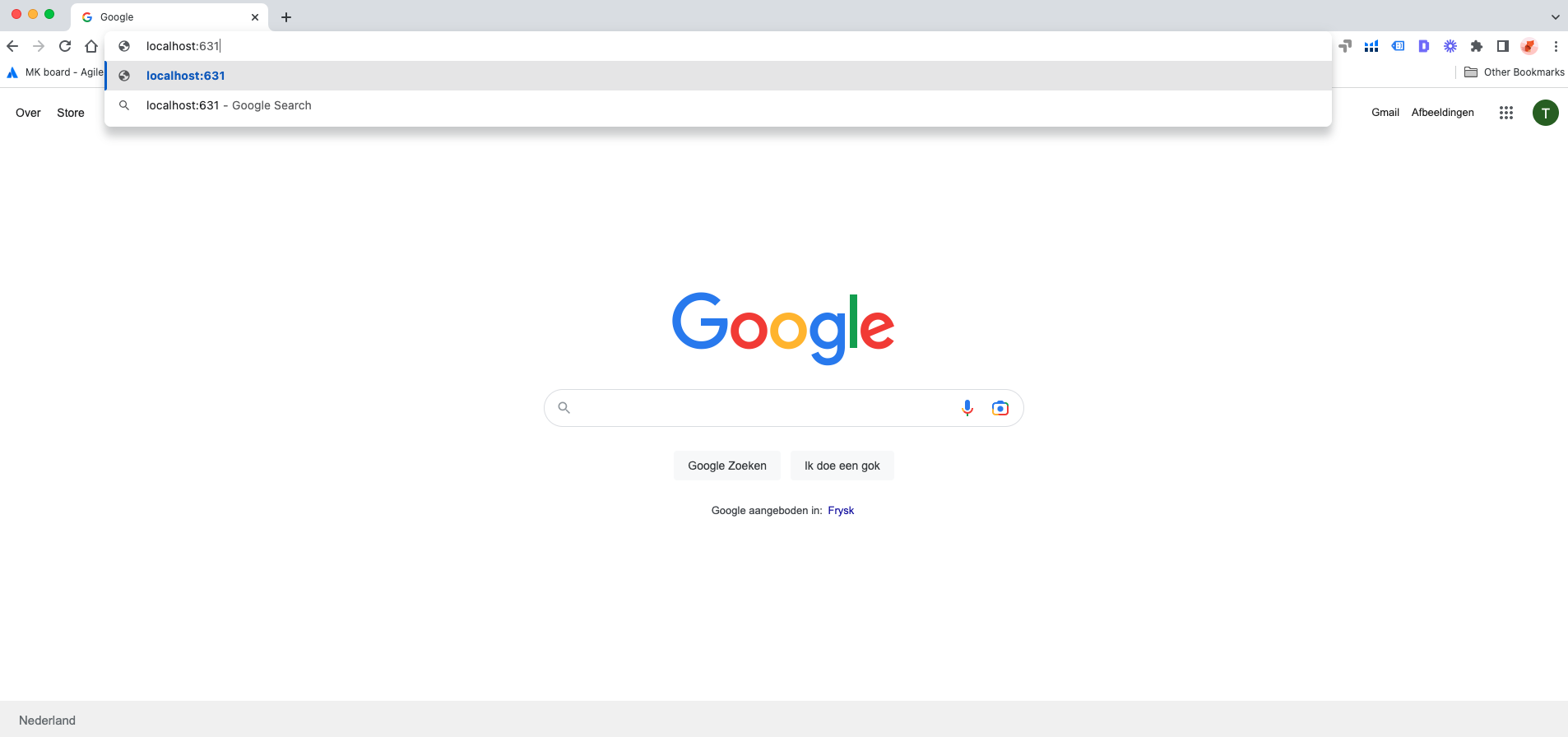
step 7:
You will now enter the “CUPS” menu. Here you select the option “printers” from the menu.
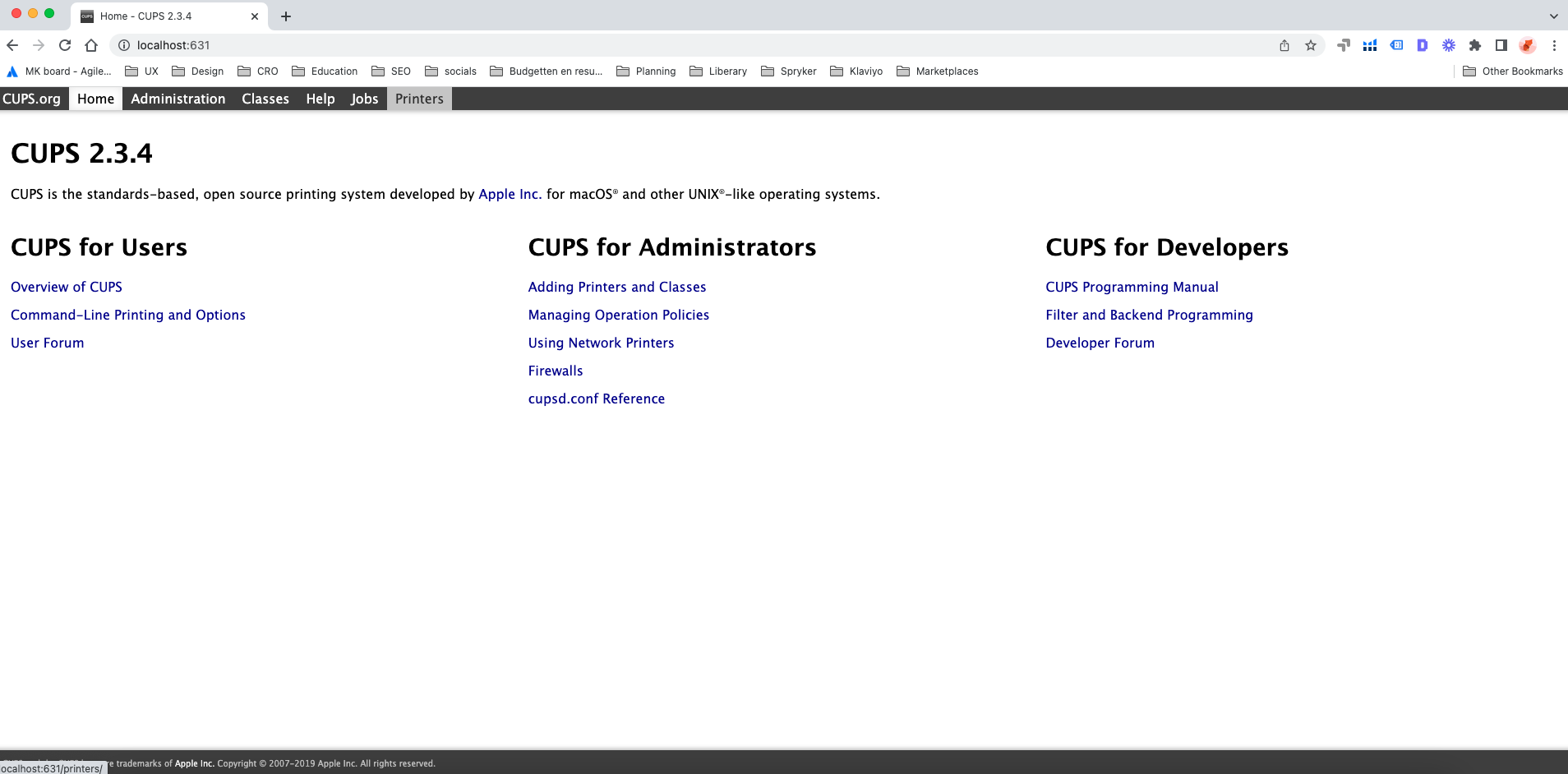
step 8:
Once you have selected the printers option, you will see a notification indicating that the web interface is disabled. Don't worry, this is easy to fix and is part of correctly setting up your Zebra printer.
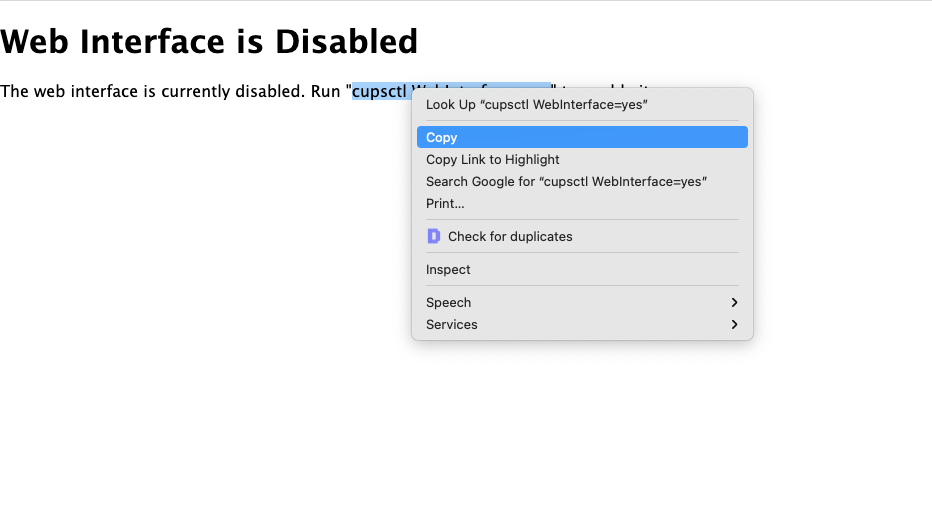
step 9:
To fix this, you need to copy the piece of text “cupsctl Webinterface=yes” and open your terminal. You can open your terminal by pressing “cmnd + space” and then searching for "terminal".
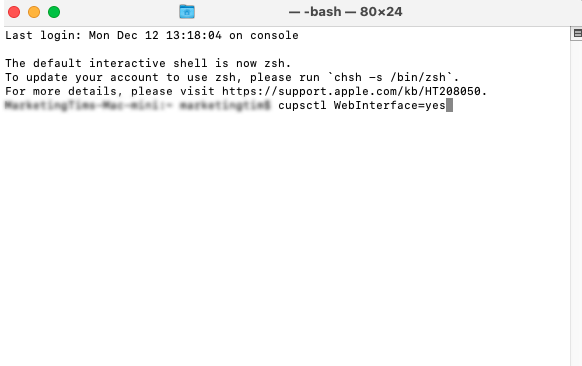
step 10:
In your terminal, paste the copied piece of text and then press enter.
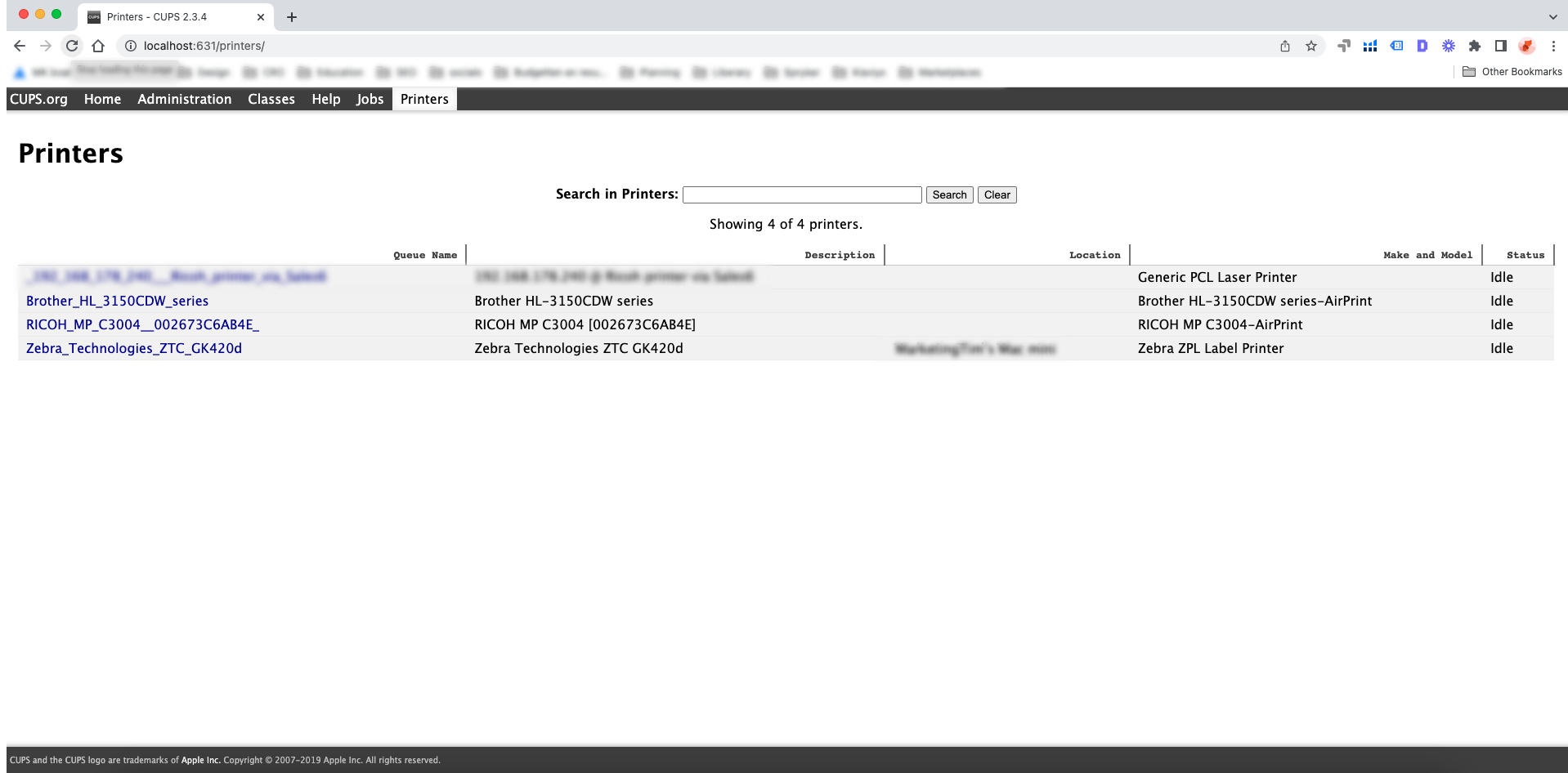
step 11:
Reload your page using the reload symbol in your browser, now you will see all printers that are linked to your Mac.
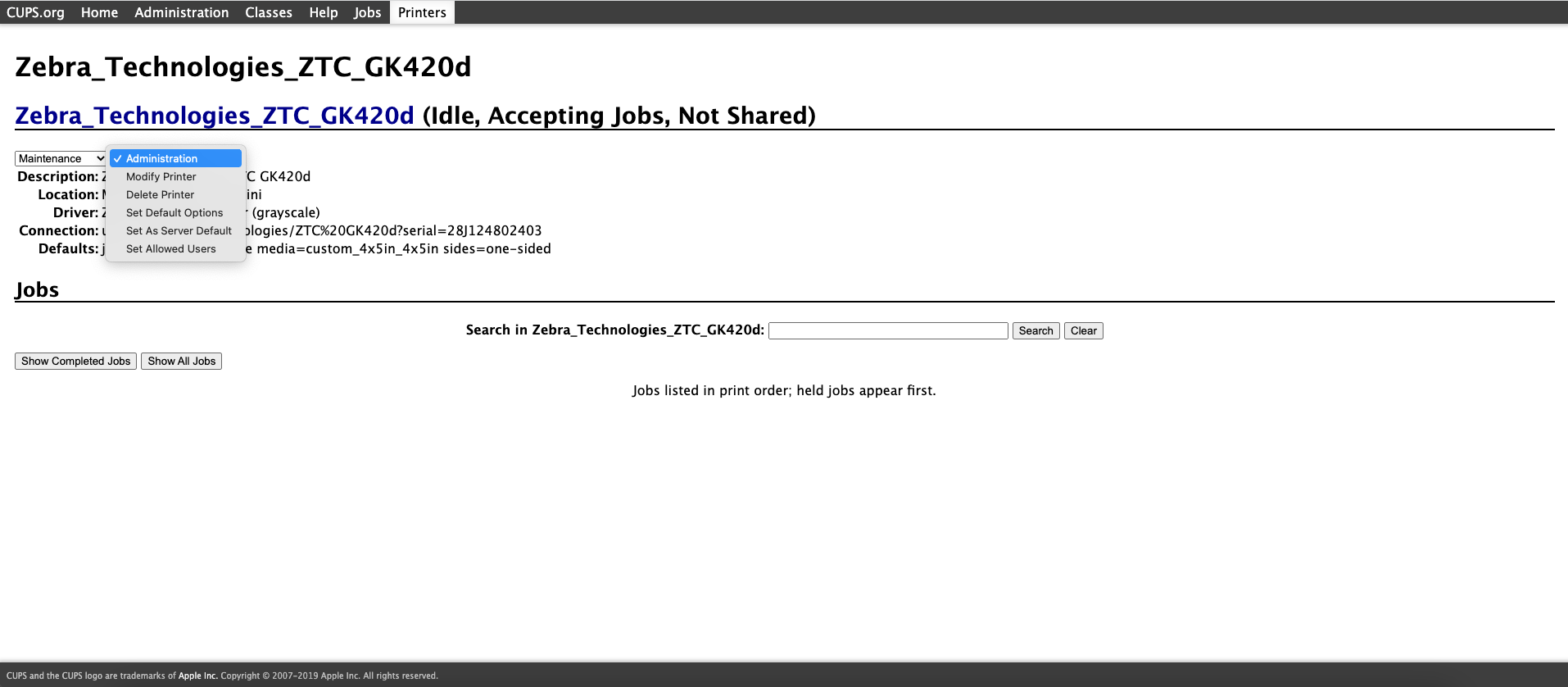
step 12:
In your terminal, paste the copied piece of text and then press enter.
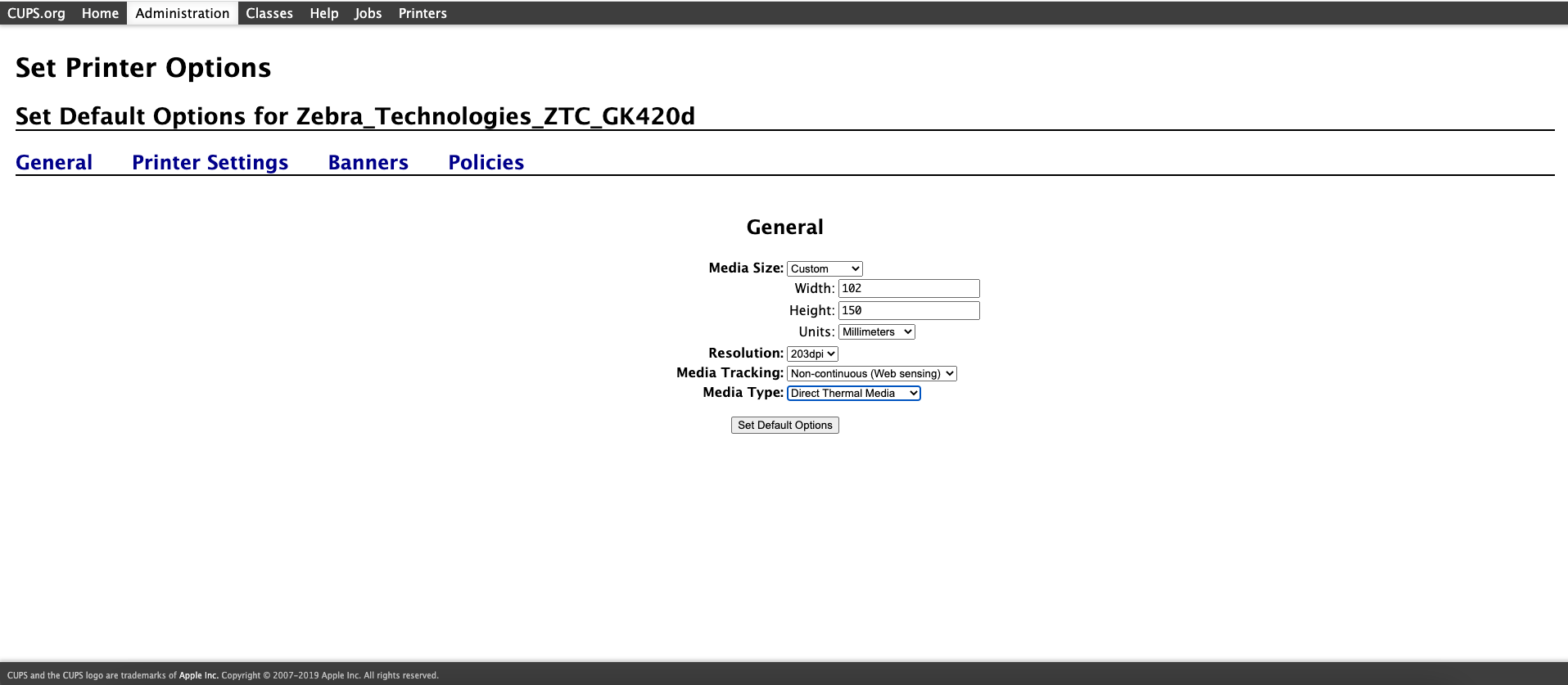
Here you can set your media size for your Zebra labels. Do this by choosing the option "custom" from the dropdown menu under media size. Select the option millimeters for units and enter the dimensions of your label. For a standard shipping label this is width: 102 mm and height: 150 mm. Close with "Set Default opties".
step 13:
Reload your page using the reload symbol in your browser, now you will see all printers that are linked to your Mac.
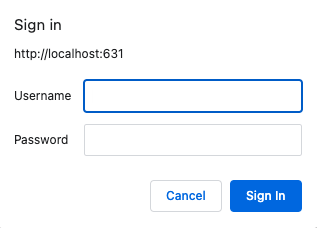
Congratulations!
Congratulations! You can now get started with your Zebra printer GK420d, that is, if you have
enough
Zebra
labels at home. You can also quickly and easily order these from Zolemba, for example, take a
look
at our
Zebra compatible DPD label page.
If you still have questions about installing your Zebra printer GK420d or any other Zebra label
printer,
please feel free to
contact us.
The team at Zolemba is ready to help you get started with your Zebra printer!
Exclusive Offers and Free Tips!
Stay informed and never miss out on offers, handy tips, or free templates.
Thank you! You have successfully subscribed to our newsletter.
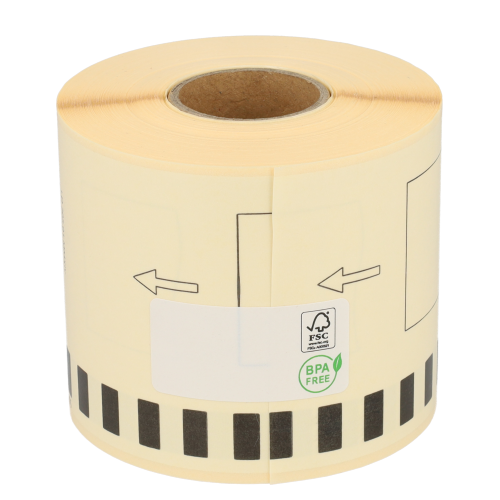
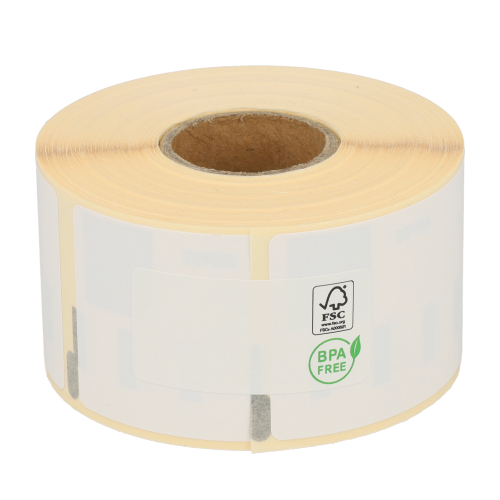
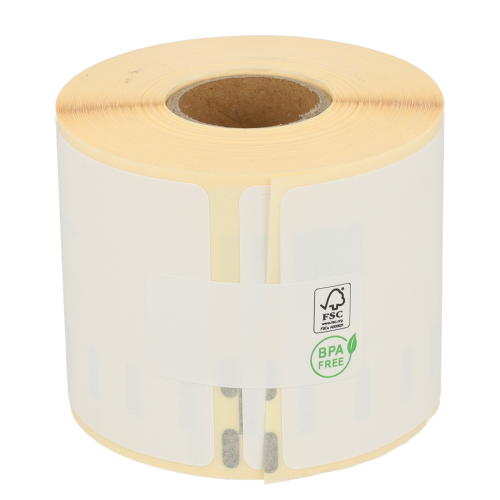
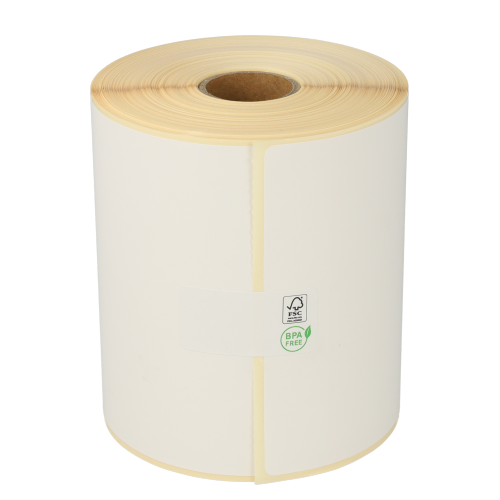
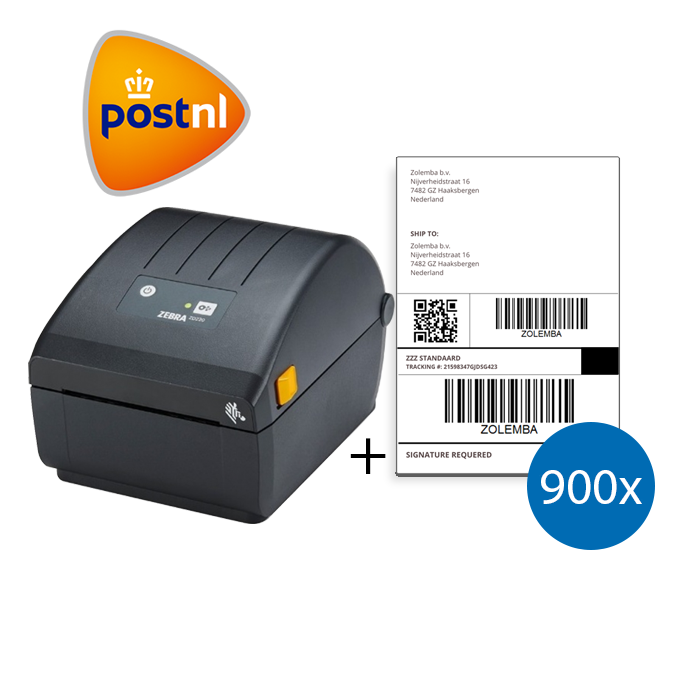
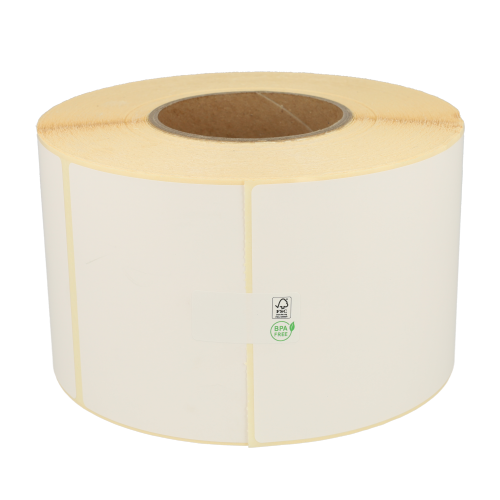
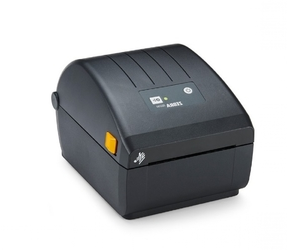
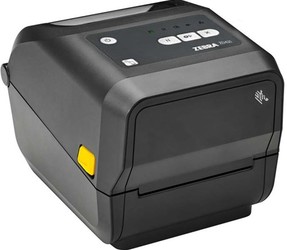
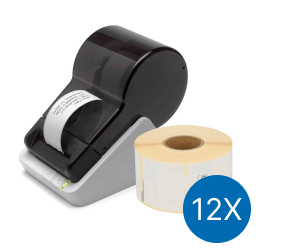
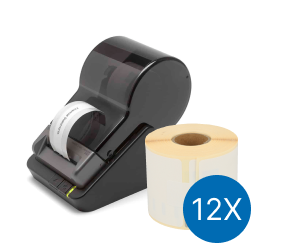
.png)
